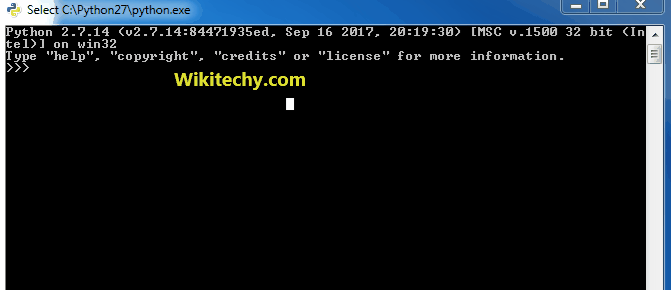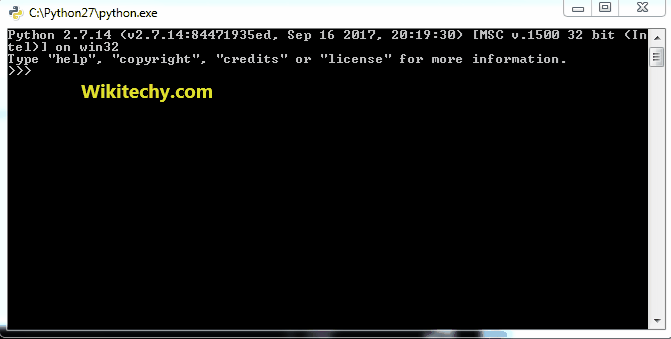
Learn Python - Python tutorial - python counters - Python examples - Python programs
Once initialized, counters are accessed just like dictionaries. Also, it does not raise the KeyValue error (if key is not present) instead the value’s count is shown as 0.
Example :
python - Sample - python code :
# Python program to demonstrate accessing of
# Counter elements
from collections import Counter
# Create a list
z = ['blue', 'red', 'blue', 'yellow', 'blue', 'red']
col_count = Counter(z)
print(col_count)
col = ['blue','red','yellow','green']
# Here green is not in col_count
# so count of green will be zero
for color in col:
print (color, col_count[color])Output:
Counter({'blue': 3, 'red': 2, 'yellow': 1})
blue 3
red 2
yellow 1
green 0
elements() :
The elements() method returns an iterator that produces all of the items known to the Counter.
Note : Elements with count <= 0 are not included.
Example :
python - Sample - python code :
# Python example to demonstrate elements() on
# Counter (gives back list)
from collections import Counter
coun = Counter(a=1, b=2, c=3)
print(coun)
print(list(coun.elements()))
Learn Python - Python tutorial - python accesscounters - Python examples - Python programs
Output :
Counter({'c': 3, 'b': 2, 'a': 1})
['a', 'b', 'b', 'c', 'c', 'c']
most_common() :
most_common() is used to produce a sequence of the n most frequently encountered input values and their respective counts.
python - Sample - python code :
# Python example to demonstrate most_elements() on
# Counter
from collections import Counter
coun = Counter(a=1, b=2, c=3, d=120, e=1, f=219)
# This prints 3 most frequent characters
for letter, count in coun.most_common(3):
print('%s: %d' % (letter, count))Output :
f: 219 d: 120 c: 3
